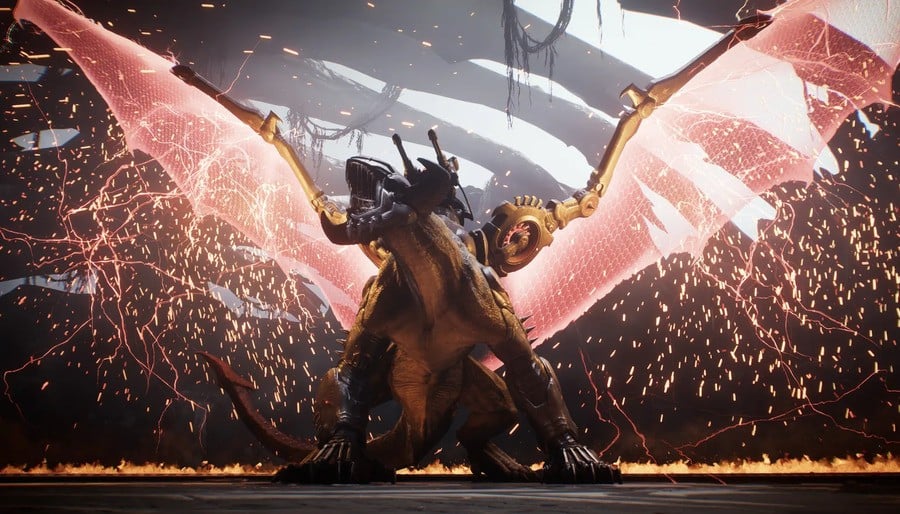In 2020, the Dome Fire swept through the Mojave National Preserve in southeastern California, leaving more than 1.3 million Joshua trees dead. Three years later, in 2023, the 93,078-acre York Fire further devastated the area, scorching vast forests of the eastern species of the Joshua trees. The aftermath of these fires is surreal, with most trees standing like tombstones, their trunks bone white.
Such destructive fires, in addition to the increasing aridity and warming caused by climate change, have put the future of both eastern and western species of the iconic Joshua tree in jeopardy. While some Joshua tree shoots have naturally emerged in the ashes of these fires, their modern distributors—seed-caching rodents—only travel short distances from their burrows, making it challenging for the yuccas to migrate across the massive burn scars and reestablish themselves. In essence, Joshua trees are disappearing faster than new sprouts can take root.
With the absence of large megafauna like giant ground sloths that some scientists believe once acted as seed dispersers for Joshua trees over 12,000 years ago, human volunteers organized by the National Park Service have stepped in by planting sprouts of the beloved yuccas across the landscape. Over the years, Park Service volunteers and rangers have planted thousands of Joshua tree sprouts in the scar of the Dome Fire. During certain volunteer planting days in 2021 and 2023, they were assisted by a distant cousin of a potential ancient seed distributor: the camel.
“Chico puts the drama in dromedary,” said Jennifer Lagusker, the camels’ owner, as he grumbled loudly, exposing his slimy tongue while volunteers loaded water jugs onto his frame on a warm day in late 2023. Lagusker portrayed Chico, a dromedary camel recognizable by his single hump. His comrade, Sully, is a strikingly handsome but aloof Bactrian camel (two humps), while hard-working Herbie is a hybrid of the two species.
Chico, Sully, and Herbie assisted volunteers by carrying water, heavy Joshua tree sprouts, and other supplies to remote locations in the burn scar.
Camels are well suited to carrying heavy loads and walking long distances due to their giant padded feet that distribute their weight evenly on the ground, making them more efficient and less impactful in desert environments than horses or mules, Lagusker explained.
Their presence in the Mojave National Preserve holds significance, reflecting the use of camels as surveyors of historic routes throughout the Mojave Desert in the mid-1800s, as well as their long-distant relatives, Camelops hesternus, or “yesterday’s camel,” that once inhabited what is now the Mojave.
These modern camels may not be eating Joshua tree fruits and distributing the hockey-puck-shaped seeds as yesterday’s camel is hypothesized to have done, but using them to carry Joshua tree sprouts and water offers an echo of the past and a compelling solution for today’s challenge of preserving a tree that’s particularly vulnerable to disappearing in a changing climate.
In the years to come, Lagusker hopes to collaborate more closely with the NPS to organize a long train of camels, as many as 12 strong, if invited back for future volunteer efforts, making the planting and watering processes more efficient in remote areas. Fite added that they’re also willing to help private landowners affected by the York Fire, believing that the use of camels could be a powerful solution to restore Joshua tree forests after wildfires.
Brendan Cummings, the conservation director of the Center for Biological Diversity, who has participated in the planting effort in the Preserve several times, believes that camels could greatly enhance restoration efforts in more remote areas, especially as the Mojave becomes hotter and drier, necessitating more water for the sprouts to survive. Saving Joshua trees, according to Cummings, will require extensive groundwork and financial resources in these extreme conditions. Therefore, any available means to advance these efforts should be utilized.
“At the end of a long day on the preserve late last year, three camels walked in a neat, efficient line, their long-humped shadows stretching across the burn scar. With 24 new Joshua tree sprouts planted and watered on Cima Dome, they trekked back to the planting headquarters with light loads. They put one padded foot in front of the other, passing by torched yuccas and invasive grasses lit gold by the sunset.”

:no_upscale()/cdn.vox-cdn.com/uploads/chorus_asset/file/25261826/22_Miles_W._Griffis.png)








![What Google Messages options are rolling out [April 2025] What Google Messages options are rolling out [April 2025]](https://9to5google.com/wp-content/uploads/sites/4/2023/12/google-messages-name-cover.png?w=1600)



